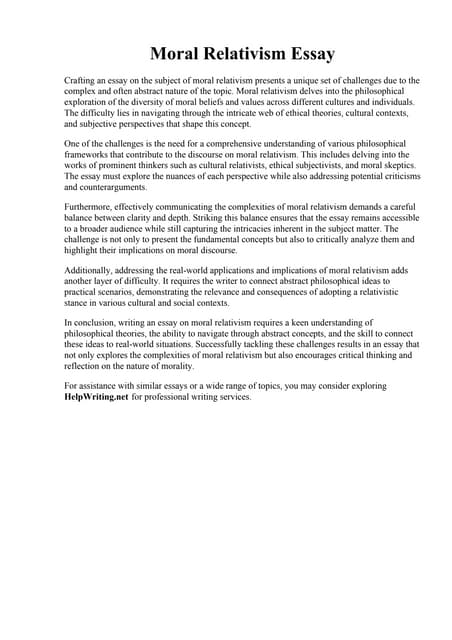What is fairness in sport? The popular imagination has been gripped by the image of transgender athletes in women’s sport, but not enough attention has been given to understanding what constitutes fairness in sport. Who plays the game has less intrinsic importance to sport than many have assumed.
A friend once joked that trans inclusion was fair as long as they don’t win. This non-sequitur points to a dilemma regarding how we think about fairness in sports. To illustrate further, imagine a below-average hockey player named Wanda Weakskate who plays for the Toronto Sceptres in the Professional Women’s Hockey League. If Weakskate is a trans woman, some would say her participation is unfair, because anyone born male has certain physical advantages. Yet a below-average player is actually on par or at a disadvantage with her peers. This puzzle asks us to decide if fairness in sport is a matter of advantage or something else.
In the former view, fairness becomes a matter of determining what magnitudes of advantage are tolerable and then measuring and enforcing balance. Close competition is the normative ideal here. For those who understand women’s sport as protection from male advantage, this view of fairness would justify trans exclusion generally, although exceptional cases like Weakskate pose a problem.
Yet philosophers of sport have favored another view of fairness as “right procedure,” specifically pure procedural justice. Right procedure requires adherence to the rules that define it, but there is no right outcome. John Rawls models the concept of pure procedural justice with a lottery. If no one rigs the process, the outcome is fair whichever number wins. It is purely a process that is conducted validly according to its own internal logic, or not. Sigmund Loland, Jon Pike, and others favor this concept of fairness because the outcomes of sporting contests are not meant to be an equal distribution. It is perfectly fair for a superior athlete to outperform others. Fairness primarily signifies that no one cheats. Pure procedural fairness has nothing to do with the closeness of competition or the outcome. This aspect of fairness has the most intrinsic importance for sport because it springs from the same source as the game itself.
I will adopt the concept of pure procedural justice as the primary understanding of fairness in sport, which leads to the following questions:
- What is the basic procedure in sport?
- Does the procedure include eligibility rules for women’s sport?
In my view, the basic procedure of a sport is the constitutive rules of the game. Bernard Suits famously described two kinds of elements to a game: objectives and unnecessary obstacles. For instance, in ice hockey, the objective is to send the puck into the opposing net, but players must skate and handle the puck with sticks. The constitutive rules say nothing about close competition or the body types of players. All different types of bodies can fairly play hockey together if they abide by the basic rules, according to pure procedural justice. On this ground, it is not fair to exclude Wanda, even if she had a significant advantage, because it is not fair to exclude anyone. While this notion of pure procedural fairness may appear trivial, it is important because it is grounded upon the intrinsic features of the game.
Others take a more expansive view of sport’s procedure that includes eligibility rules, especially for women’s sport. After all, eligibility rules constitute women’s sport and youth sports on the most basic level.
However, that view confuses basic procedure with others. Untangling this knot will answer the second question. In fact, I see at least three procedures in sport that intersect:
- Game
- Contest
- Association
The game is purely a process with no right outcome and says nothing about the players’ bodies. You can play for fun and not keep score. Then there is the contest to determine the best athlete. This second procedure employs the game as its method while adding regulative rules that ensure equal opportunity in the contest: specifications for the weight of the puck and the length of sticks, to name a couple. Next, associations gather members for various purposes. For instance, the Olympic Games invite representatives from every region, even if they are not the top-ranked competitors, to foster mutual understanding and diversity. The association intersects with contest and game procedures.
Notice that the contest and the association have clear purposes that can be rightly produced or not. Pure procedural justice only concerns the constitutive rules of the game, which has no external purpose and no right outcome.
Let’s return to the ice to illustrate my view. Imagine the Toronto Sceptres play an exhibition game against Edmonton, a prospective expansion team. The Sceptres build a seemingly insurmountable four-goal lead by the final period when the harebrained Edmonton owner magically summons twenty-year-old Wayne Gretzky onto the ice, who quickly scores two goals. Clearly, an eligibility rule has been broken: Wayne is a cis man. This is no longer a women’s hockey contest. Nonetheless, they are still playing ice hockey. Men’s and women’s hockey are not different sports, but the same sport played under different eligibility criteria. Gretzsky’s participation is fair according to pure procedural justice, as there is nothing intrinsic to the game of ice hockey that prohibits mixed competition.
But imagine that Gretzky decides to grab a chainsaw to fend off the Sceptres and ensure a victory for Edmonton. He obviously violates basic procedure. The game as such, as a process defined by constitutive rules, is no longer valid. Gretzky might argue that anything goes in a pure contest, but anyone who values fair play will conclude that something warped his reason.
So the constitutive nature of sport and its pure procedural justice have nothing to say about who participates. I only offer a preliminary response to the question of transgender eligibility here. My next projects consider components of fairness that relate to the contest and women’s associations. I also find the case for inclusion to be stronger than one might expect on these grounds. What I have established with the case of pure procedural justice is that those subsequent questions depart the locale intrinsic to the philosophy of sport; the ethics of public life broadly will bear upon the fairness of transgender participation in women’s sport.
The post Fairness and Transgender Eligibility in Women’s Sport first appeared on Blog of the APA.
Read the full article which is published on APA Online (external link)





